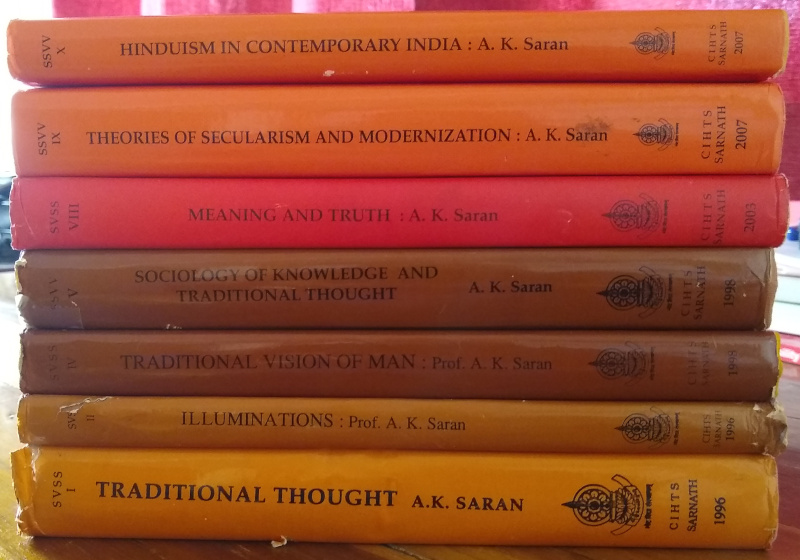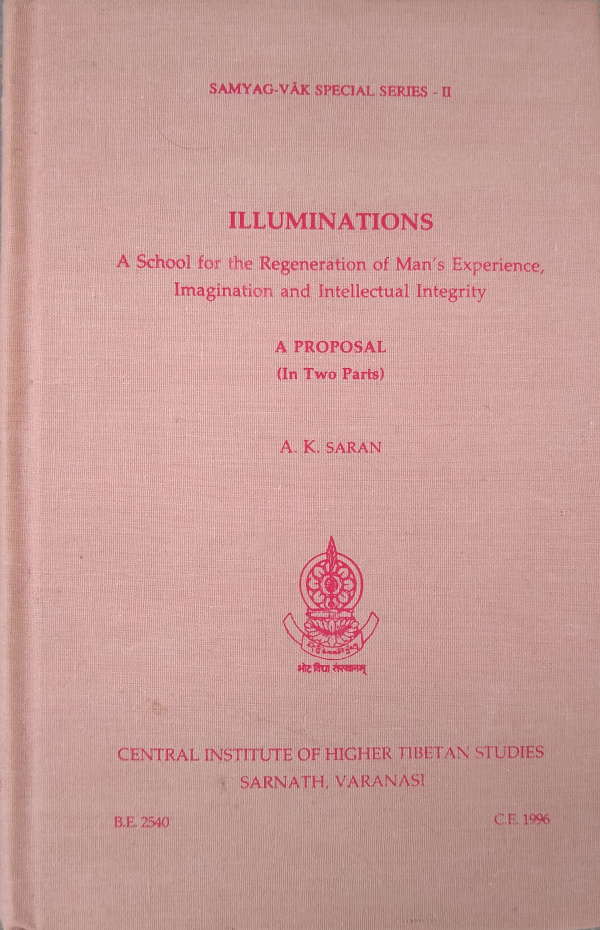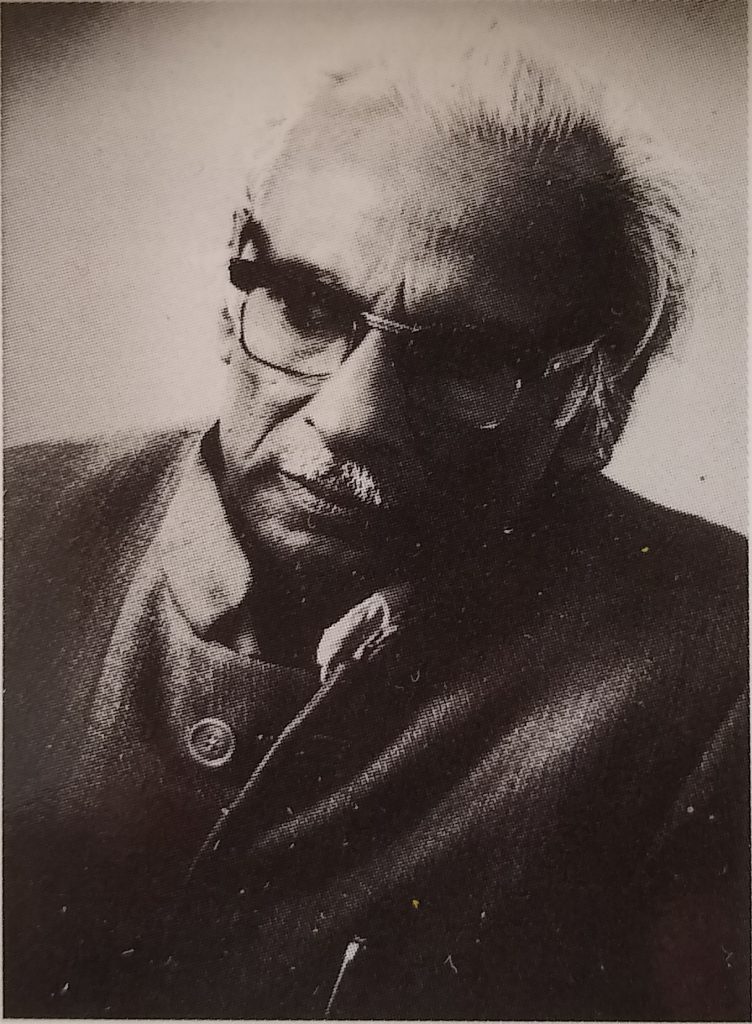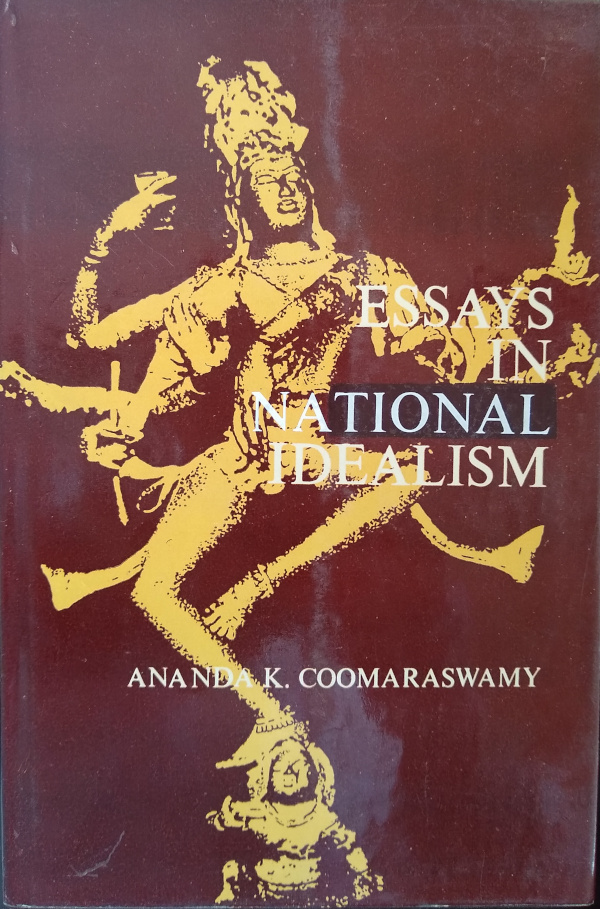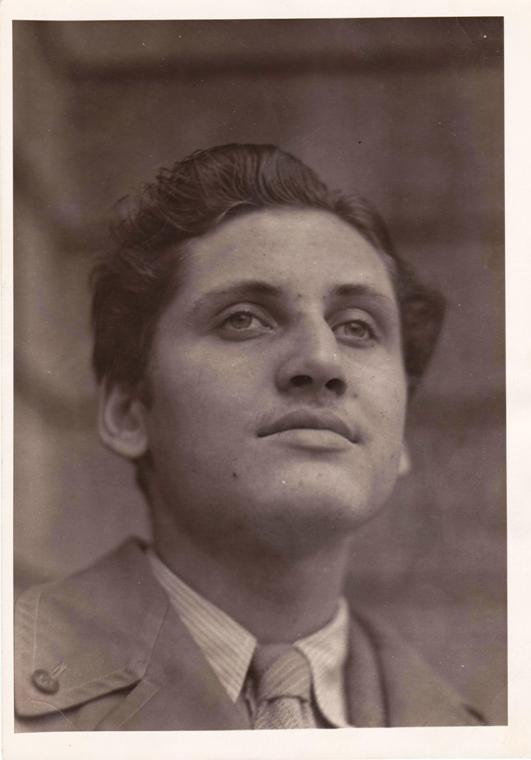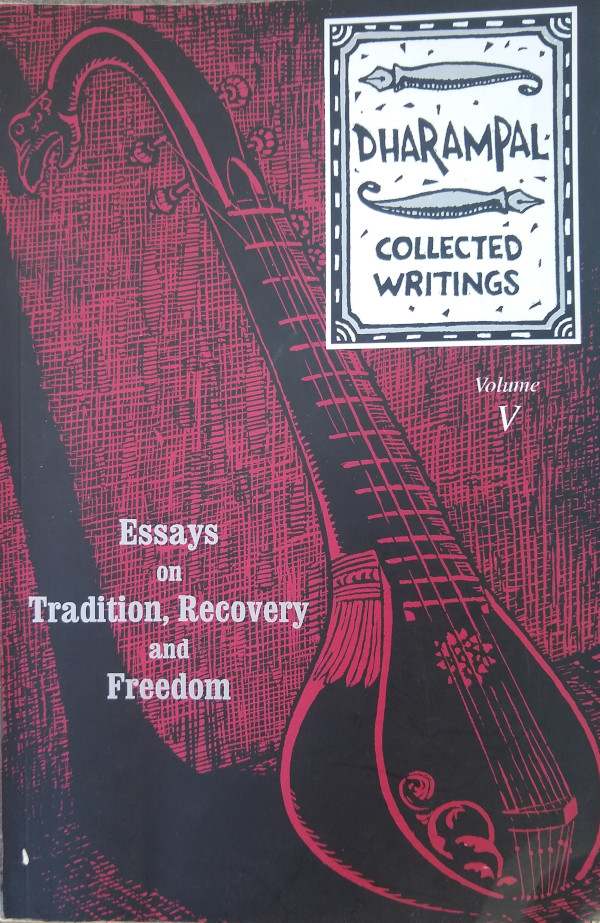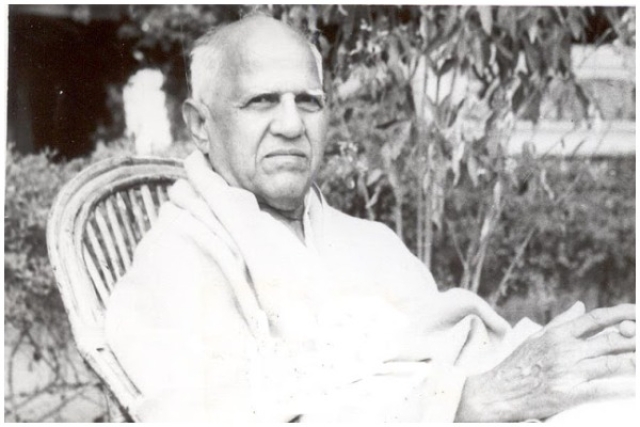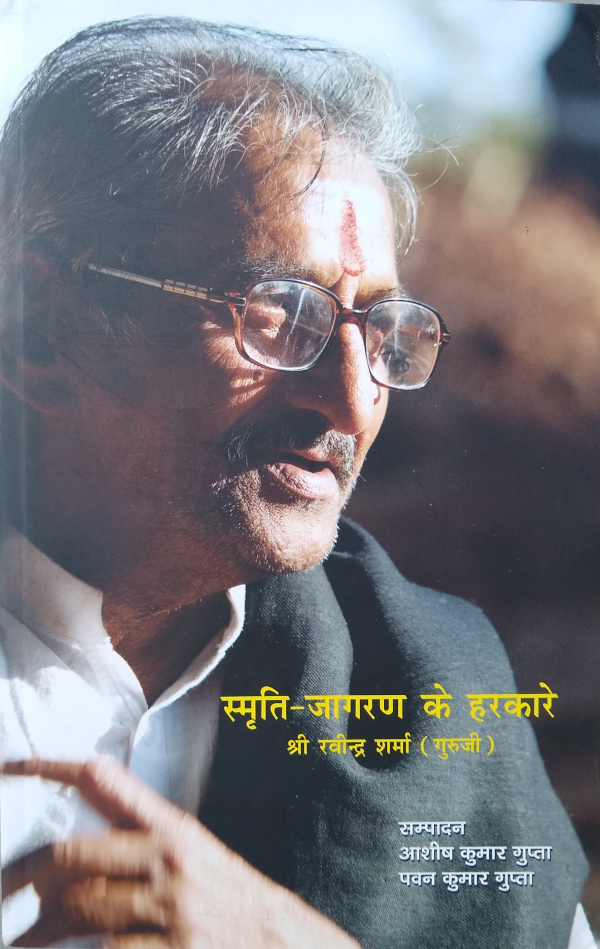“Colonialism is not merely a process of occupying lands and extracting revenues. It is not a question of encouraging us to ape the western countries in trying to be like them. It is not even about colonizing the imaginations of a people by making them dream that they too will become ‘modern’, developed and sophisticated. It goes deeper than any of these. It is about denying the colonized peoples and cultures their own experiences; of making them aliens to themselves; of actively preventing any description of their own experiences except in terms defined by the colonizers.
The European culture mapped on to itself aspects from the Indian culture so as to understand the latter. These mappings, in the form of explanations, have taken the status of frameworks to us. Liberalism, Marxism, secularism, etc. have become our mantras: we chant these without understanding them in the hope that if we do so long enough and sufficiently loud, the fruits will be ours to enjoy. However, in this process, we have assumed (without quite realizing what we are doing) that the European cultural experience is the ‘scientific’ framework for us to understand our own culture. However, this very assumption prevents us from accessing our own culture and experience. We are busy denying our experiences while futilely busy trying to make alien experiences our own.”
– From an article by Professor S.N. Balagangadhara available here
Every time I read or listen to Professor S.N. Balagangadhara, Balu, I get some startling new insight. It is as if apparently unconnected things get connected and I get a little more clarity about my world. The YouTube talk linked above is no exception. It showed me why stories have been so important to me. However, I chose to feature this talk because in the first 7 or 8 minutes, where he sets the context, we get an insight into the path-breaking work he has done over the years.
I would recommend that you listen to the full talk but these are the points Balu makes in the beginning:
– He has been researching India and Europe for 30 years and he discovered that what Europe spoke about India doesn’t describe India at all. It describes Europe’s experiences with India. People in Europe and India have mistaken the description of the European experience of India as Indian culture.
– India has many religions, it has a caste system, It is very corrupt etc., are not stories about India but about the European experience of India. Indians and the whole world accept these stories as descriptions of India. Balu’s research is about why this confusion arose.
– The European propaganda machine says the following – Suddenly in the last few centuries Europe was full of geniuses. Leonardo Da Vinci, Newton, Kant, Einstein etc. The Renaissance and the ‘Enlightenment’ happened in Europe. During all this time there were no geniuses in Asia and in the other parts of the world.
– Prof Balu’s research showed that the kind of questions asked in Europe didn’t make sense to anyone outside the Semitic religions. So the questions were not ‘scientific’ questions but theological questions. All European claims about human beings – that human beings have Rights, about the nature of the State, nature of Law etc. are secularized versions of Christian theology. And they don’t make sense to people like Asians who don’t have these religious frameworks.
– Prof Balu claims that if his research program is right, then the last 300-400 years of social sciences (sociology, political science, philosophies of law etc.) in the world are completely worthless.
About Professor Balu:
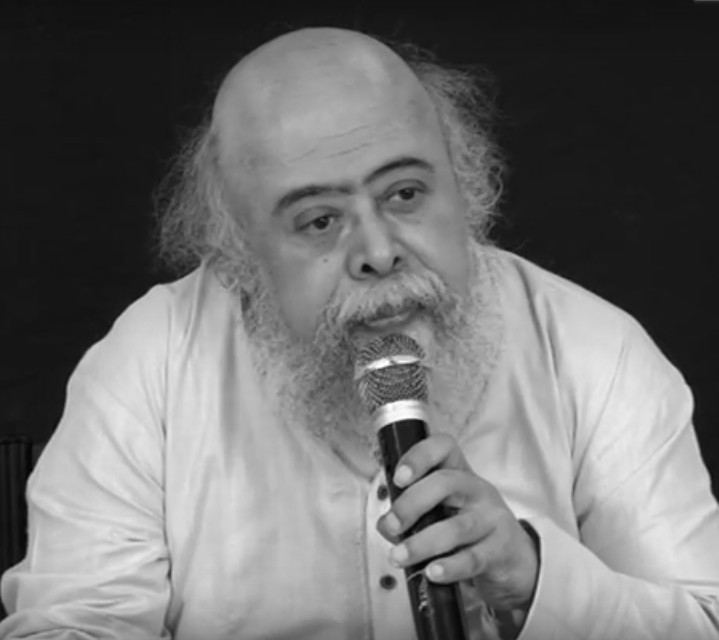
“S. N. Balagangadhara (aka Balu) is a former professor of the Ghent University in Belgium, and director of the Research Centre ‘Comparative Science of Cultures’. Balagangadhara was a student of National College, Bangalore and moved to Belgium in 1977 to study philosophy at Ghent University. His doctoral thesis (1991) was entitled Comparative Science of Cultures and the Universality of Religion: An Essay on Worlds without Views and Views without the World. His research centers on the comparative study of Western culture against the background of Indian culture. He analyses western culture and intellectual thought through its representations of other cultures, with a particular focus on the western representations of India and attempts to translate the knowledge embodied by the Indian traditions into western conceptual frameworks.”
– From the Wikipedia page on Prof Balu available here
There is a lot of material about Balu available online. The TV interview linked below has an anchor who is in a hurry and keeps interrupting Balu’s flow, but it was the only place where I found a lot of interesting personal anecdotes. If you can ignore the anchor, you may like it.
Links for further study:
All roads lead to Jerusalem! Prof Balu’s website
TV interview with Prof Balu
